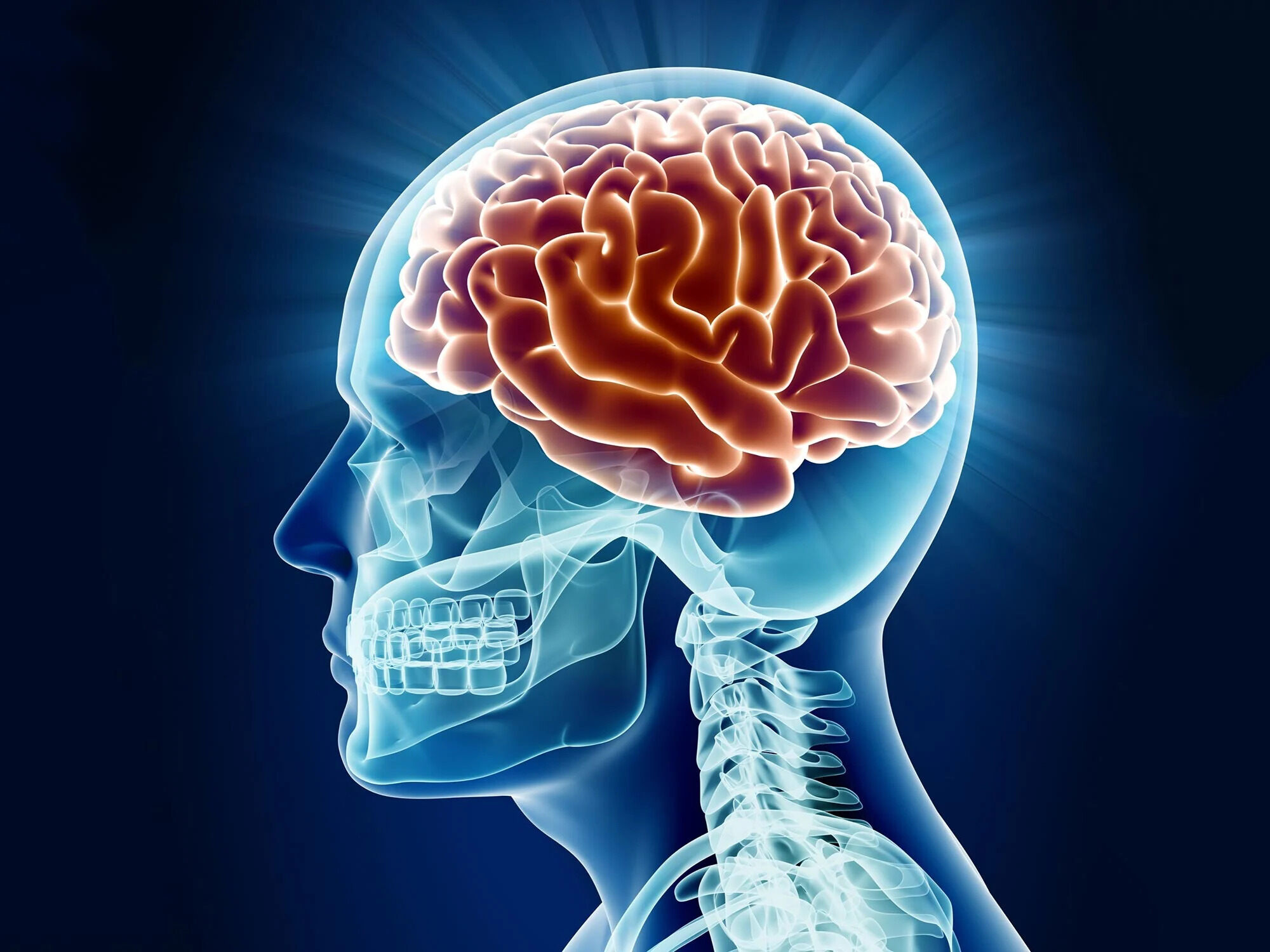
Precocious Epileptic Encephalopathy is a rare neurological disorder that affects infants and young children. This condition often leads to severe developmental delays, frequent seizures, and cognitive impairment. Understanding this disorder is crucial for parents, caregivers, and medical professionals. In this blog post, we will explore 25 essential facts about Precocious Epileptic Encephalopathy, shedding light on its causes, symptoms, and potential treatments. Whether you're a concerned parent or a curious reader, these facts will provide valuable insights into this challenging condition. Let's dive into the world of Precocious Epileptic Encephalopathy and learn more about its impact on young lives.
Key Takeaways:
- Precocious Epileptic Encephalopathy (PEE) is a rare and severe form of epilepsy that affects young children, causing developmental delays, seizures, and cognitive impairments.
- Children with PEE may benefit from a combination of medication, dietary therapies, and specialized educational programs, while also requiring extensive support from families and the community.
What is Precocious Epileptic Encephalopathy?
Precocious Epileptic Encephalopathy (PEE) is a rare and severe form of epilepsy that begins in early childhood. It affects brain function and development, leading to cognitive and physical impairments. Here are some intriguing facts about this condition.
- Early Onset: PEE typically manifests within the first few months of life, often before the age of one.
- Genetic Links: Many cases of PEE are linked to genetic mutations, particularly in genes related to brain function.
- Seizure Types: Children with PEE experience various types of seizures, including tonic, clonic, and myoclonic seizures.
- Developmental Delays: Affected children often show significant developmental delays, impacting motor skills, speech, and social interactions.
- Cognitive Impairment: Cognitive functions such as memory, attention, and problem-solving are frequently impaired.
- Behavioral Issues: Behavioral problems, including hyperactivity and aggression, are common in children with PEE.
- Diagnosis: Diagnosis typically involves a combination of clinical evaluation, genetic testing, and neuroimaging techniques like MRI.
- EEG Patterns: Electroencephalograms (EEGs) often show abnormal brain wave patterns, which help in diagnosing the condition.
- Treatment Challenges: Managing PEE is challenging due to the severity and frequency of seizures.
- Medication: Anti-epileptic drugs (AEDs) are commonly used, but their effectiveness varies from patient to patient.
- Dietary Therapies: Some children benefit from ketogenic diets, which have been shown to reduce seizure frequency.
- Surgical Options: In severe cases, surgical interventions like corpus callosotomy may be considered.
- Therapies: Physical, occupational, and speech therapies are crucial for improving quality of life.
- Prognosis: The prognosis for PEE varies, with some children experiencing significant improvement while others continue to struggle.
- Research: Ongoing research aims to better understand the genetic and molecular mechanisms underlying PEE.
- Support Systems: Families of children with PEE often require extensive support, including counseling and respite care.
- Educational Needs: Specialized educational programs are essential to address the unique learning needs of affected children.
- Comorbidities: PEE is often associated with other medical conditions, such as autism spectrum disorder and cerebral palsy.
- Global Incidence: PEE is rare, with an estimated incidence of 1 in 20,000 to 1 in 50,000 live births.
- Awareness: Raising awareness about PEE is crucial for early diagnosis and intervention.
- Advocacy: Advocacy groups play a vital role in supporting affected families and promoting research.
- Technological Aids: Assistive technologies, such as communication devices, can significantly enhance the lives of children with PEE.
- Individualized Care: Each child with PEE requires a tailored approach to treatment and care.
- Long-term Care: Many children with PEE require lifelong medical and therapeutic support.
- Community Involvement: Community involvement and inclusion are essential for the social development of children with PEE.
Final Thoughts on Precocious Epileptic Encephalopathy
Precocious Epileptic Encephalopathy (PEE) is a complex condition that affects young children, leading to severe developmental delays and frequent seizures. Understanding the symptoms, causes, and treatment options is crucial for parents and caregivers. Early diagnosis can make a significant difference in managing the condition and improving the child's quality of life. While there is no cure, medications, dietary changes, and therapies can help control seizures and support development. Research continues to advance, offering hope for better treatments in the future. If you suspect your child may have PEE, consult a healthcare professional immediately. Knowledge and proactive care are your best tools in navigating this challenging journey. Stay informed, seek support, and never lose hope.
Frequently Asked Questions
Was this page helpful?
Our commitment to delivering trustworthy and engaging content is at the heart of what we do. Each fact on our site is contributed by real users like you, bringing a wealth of diverse insights and information. To ensure the highest standards of accuracy and reliability, our dedicated editors meticulously review each submission. This process guarantees that the facts we share are not only fascinating but also credible. Trust in our commitment to quality and authenticity as you explore and learn with us.
